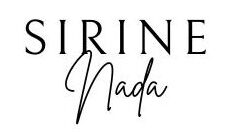Le Havre is the second-largest port in France, after Marseille, and the largest French container port. In 2005, UNESCO inscribed the downtown of Le Havre as a World Heritage Site because of its unique post-WWII architecture.
📚 King Francis 1st founded this city in 1517 for military purposes. The city has seen religious wars, conflicts with the English, epidemics, and storms. From the end of the 18th century, Le Havre started growing. Sadly, the city participated in the atrocious slave trade and, then, in other international trade (coffee, cotton, chocolate…). Until the end of the 1930s, the city was a stronghold of trading. Its international stock exchange was the most important in Europe and the only one able to rival that of New York. In the 19th century, the Compagnie Générale Transatlantique connected Europe to the United States. After the Second World War, 80% of the city was destroyed.
Most of the time, tourists don’t bother to come to this city that does not have the same attractiveness and charm as other famous parts of Normandy. Also, the architecture, even being classified by UNESCO, is very different from the beautiful medieval districts of other cities in France. I have been there because it was on my way to see the cliffs of Etretat. But, if you plan to go there, you can still enjoy your time and see amazing spots. Here you will find unique architecture, interesting museums, art, and nature.
Architecture, Art & Museums in Le Havre
⚠️ Museum Pass: €20 for unlimited access to the exhibitions at the MuMa, the Museum, the Graville Abbey, the Shipowner’s House, the Hôtel Dubocage in Bléville, the Perret apartment as well as at the “Jardins suspendus” greenhouses. This pass is valid for 1 year from the date of purchase.
1. MuMa: The André Malraux Museum of Modern Art
MuMa is located near the port and opened in the early 1960s. Here, you will find numerous paintings and sculptures. Its collection of impressionist paintings is the second most important collection in France, after the Musée d’Orsay in Paris.
📚 Impressionism was born in Le Havre with Claude Monet’s famous painting “Impression au soleil levant”.
The museum is also unique for its open architecture. The MuMa is made of glass and steel and is accessed by a footbridge. Also, you can see a sculpture named “Le Signal” that frames in concrete a piece of the landscape that has inspired several artists.
⏰ Closed on Monday. Tuesday to Friday: from 11 am to 6 pm. Saturday to Sunday: from 11 am to 7 pm.
💰 Full price: 10€ or 7€ depending on the size of the exhibition, 5€ without exhibition / Reduced price: 6€, 5€ or 3€ / Free for all visitors on the first Saturday of each month, people aged under 26, students…
For more information: https://www.muma-lehavre.fr/en
2. The Perret district & the Model Apartment
During the Second World War, successive bombings destroyed the city. Its reconstruction was one of the first to be launched by the State in 1947.
The architect in charge of this project was Auguste Perret. He loved to use concrete, and he imagined a new downtown with large spaces. Le Havre is a model of 20th-century French urban planning. Thanks to this downtown, the city has been listed as a UNESCO World Heritage Site since 2005. So, don’t forget to stroll through the streets and admire this unique architecture.
The Town Hall Square is one of the largest in France. Here, you can see imposing horizontal buildings, a concrete belfry tower 72 meters high, and a large square punctuated by green spaces, children’s games, and fountains. Avenue Foch links the town hall and the beach. It is bordered by large lawn beds and side paths.
The Perret Model Apartment: the City of Le Havre acquired this apartment in 2005 intending to restore its original appearance of the 50th. The Perret apartments date from 1945 and 1955. The architect imagined a new model of housing combining comfort, modernity, optimization of natural light, and rationalization of space.
⏰ From January 6, 2024 to February 24, 2024 : Wednesday and Friday: 3:30 p.m. and 4:30 p.m. Saturday: 11 a.m., 2:30 p.m., 3:30 p.m., 4:30 p.m. Sunday: 11 a.m., 2:30 p.m., 3:30 p.m.
From February 24, 2024 to March 11, 2024: Monday to Friday: 3:30 p.m. and 4:30 p.m. Saturday, Sunday: 10 a.m., 11 a.m., 2:30 p.m., 3:30 p.m., 4:30 p.m.
From March 11, 2024 to March 31, 2024: Wednesday and Friday: 3:30 p.m. and 4:30 p.m. Saturday: 11 a.m., 2:30 p.m., 3:30 p.m., 4:30 p.m. Sunday: 11 a.m., 2:30 p.m., 3:30 p.m.
💰 Adult Full price: 7.00€ / Reduced price: 5.00€ / Free: under 26 years old, job seekers, social minimums
⚠️ Apartment not accessible to people with reduced mobility (1st floor, no elevator, 40 steps) / Dogs / This tour is not suitable for children under 7 years old.
✅ You can book your tour online: https://www.lehavreseine-patrimoine.fr/activites-et-agendas/rendez-vous-du-patrimoine/appartement-temoin-perret-2
3. Saint Joseph Church
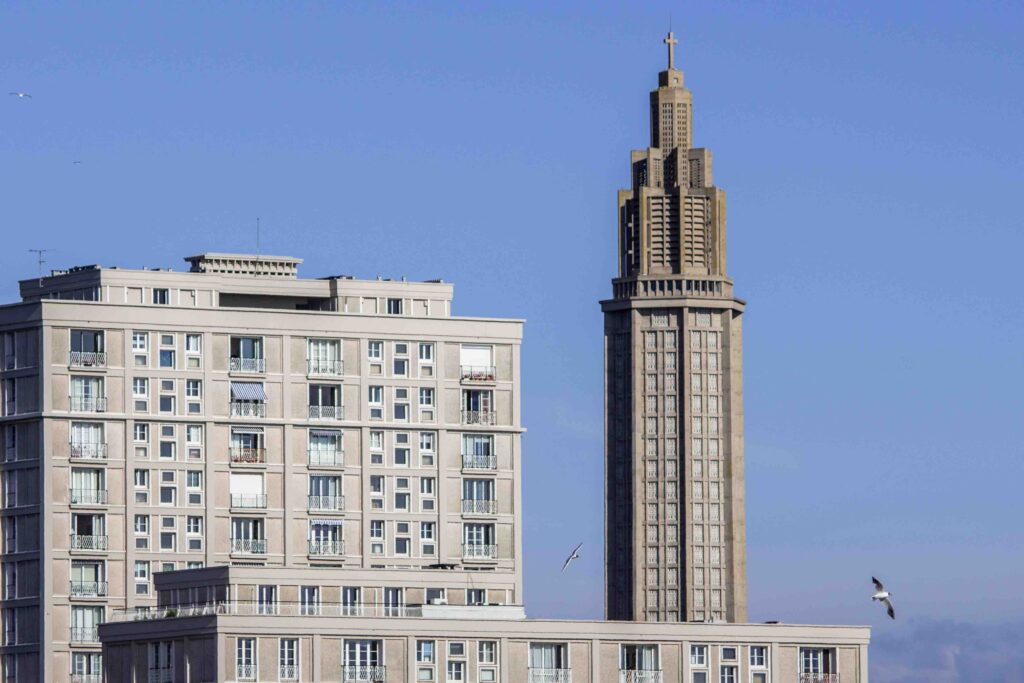
This church, made of concrete, is located in the heart of the Perret district. From the exterior, it looks like a lighthouse in the city or a New York skyscraper. It is dedicated to the victims of the bombings of the Second War. It was created in 1956 during the reconstruction of the city. The octagonal tower is 107 meters high. Don’t forget to go inside and see the light perceived through the 12,768 colored stained-glass windows!
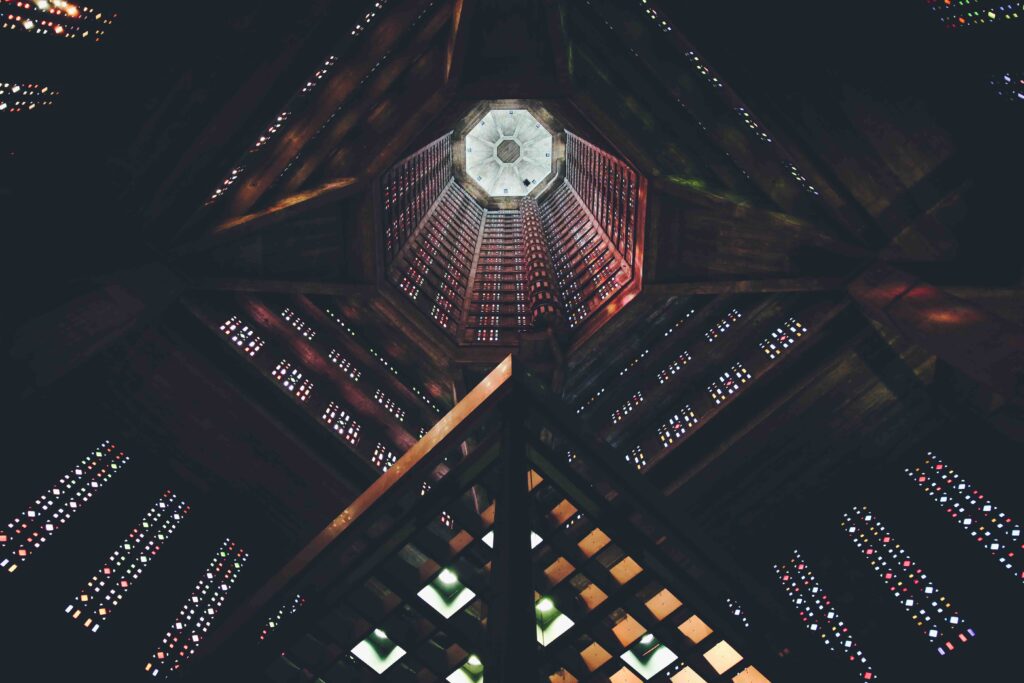
4. Le Musée-Maison de l’Armateur
The Shipowner’s House Museum is a bourgeois estate located in the Saint-François district, opposite the stalls of the fishing port. The bombings spared this building from the end of the 17th century. The facade is typical of Louis XVI architecture. It is organized on five levels around an impressive octagonal skylight. Some rooms are transformed into exhibition rooms. The others are apartments, a cabinet of curiosities, a library, and a study. The interior is beautiful, with rare and exotic wood floors alongside stone floors with geometric patterns.
📚 Paul Michel Thibault (1735-1799), architect of the fortifications, decided around 1790 to build this house. In 1800, Martin Pierre Foache, a wealthy merchant, bought the house to make it his family’s winter residence and set up his offices there. The architect Pierre Adrien Paris, former designer for the king’s cabinet, was in charge of the layout.
💰 Full price: 7€ / Reduced price: 5€ / Free: for those under 26, job seekers…
⏰ Opening hours: 10:30 a.m. to 12:30 p.m. and 1:45 p.m. to 5:30 p.m., every day except Tuesday
❗️ The Shipowner’s House only welcomes you for guided tours by reservation online: https://affluences.com/musee-de-larmateur/reservation?type=4464&date=2024-01-12
5. Oscar Niemeyer Library, “the volcano” & the war memorial
The architecture of the Oscar Niemeyer Library is astonishing! You must visit it from the outside and the inside. It is an integral part of the Niemeyer space, an architectural ensemble. Inaugurated in 2015, this space occupies part of the premises of the lower square, as well as the “little Volcano”. “The volcano” consists of two performance halls. Also, don’t forget to see the war memorial close to “Le Bassin du commerce”. Here, you can take beautiful pictures of the city!
⏰ Library: Closed on Monday. Tuesday to Sunday: 10 am to 7 pm
📍 It is close to the Perret Model Apartment and the Oscar Hotel.
6. Graville Abbey
Graville Abbey dates from the 10th and 13th centuries. There, you can admire a breathtaking view of the city of Le Havre and the Seine estuary. You can also stroll through the beautiful cemetery, the terraced gardens, and the green theater. The cloister and the refectory have disappeared, only the church and the convent buildings remain. This building is now a museum with religious statuary, medieval lapidary elements, liturgical objects… There are also 150 models testifying to housing at the end of the 19th and beginning of the 20th century.
📚 It was once a hermitage in the 6th century, and a place of pilgrimage in the 9th century. In the 11th century, under the leadership of Guillaume Malet de Graville, companion of William the Conqueror, the construction of the church was undertaken in the Romanesque style. The Gothic style will appear during the reconstruction of the choir.
7. Le Portique: Le Havre Regional Center for Contemporary Art
Focusing on Norman Contemporary Art, the Portique offers 5 to 6 exhibitions each year. Here, established and emerging artists are presented. Room texts, documents, and mediators accompany the discovery of the exhibitions.
⏰ Summer: Tuesday to Sunday from 1 p.m. to 7 p.m. The rest of the year: Tuesday to Sunday from 2 p.m. to 6 p.m.
8. The Natural History Museum
In an 18th-century building, the Natural History Museum of Le Havre offers interactive temporary exhibitions to discover the animal, plant, and mineral world. This museum offers thematic visits, workshops for children, meetings, shows, conferences… Several themes are addressed each year for which the museum is transformed.
⏰ Opening hours: Tuesday to Sunday from 10 a.m. to 12 p.m. and from 2 p.m. to 6 p.m. Closed Thursday morning and Monday. Currently closed for works!
9. University of Le Havre library
The University of Le Havre has one of the most beautiful French university libraries. This 2004 building is inspired by the curves of the Finnish architect Alvar Aalto and stands out with an impressive helical staircase.
⏰ Monday to Friday 8:30 am – 10 pm / Saturday 10 am – 6 pm / Closed on Sunday
10. Cathedral Notre Dame
Shortly after the founding of Le Havre, in 1522, the first chapel of wood and thatch was built along the main axis of the city. Particularly affected by the bombings of 1944, its restoration lasted until 1974, when the church became the cathedral of the diocese.
⏰ Open all year from 10 a.m. to 6 p.m. except during ceremonies.
11. Hôtel Dubocage de Bléville
This private mansion was built in the 17th century in the Saint François district, one of the oldest of the city. It was the property of the navigator and merchant Michel Joseph Dubocage de Bléville (1676-1727). It consists of two beautiful adjoining buildings. You can visit the ground floor of the residence and the 1st floor. There, you can see permanent collections and temporary exhibitions. One of the rooms is dedicated to Michel-Joseph Dubocage de Bléville and his son. Another one focuses on the city at the end of the 19th century, and its success.
📚 Michel Dubocage de Bléville became famous for having participated in a major commercial voyage in the Pacific Ocean via Cape Horn between 1707 and 1716. In 1711, he discovered, off the coast of Mexico, Passion Island, renamed by the English, Clipperton Island. Then, he went to China, to Amoy (today Xiamen) where he negotiated one of the first Franco-Chinese maritime commercial treaties. In 1716, after a journey of nine years, the boat named Discovery arrived in Le Havre full of silver dishes or masses of raw silver. It was on his return that he bought this mansion. After modifying it, he set up, with his son, a large maritime trading house.
⏰ From January 1, 2024 to March 31, 2024 & From November 1, 2024 to December 31, 2024: Opens every day of the week except Tuesday (10:30 a.m. – 12:30 p.m. 1:45 p.m. – 5:30 p.m). From April 1, 2024 to October 31, 2024: Opens every day of the week except Tuesday (10:00 a.m. – 12:30 p.m. 1:45 p.m. – 6:00 p.m) Close on May 1st and 8th, July 14th, November 11, December 25 and January 1.
💯 Baby changing area / Shop On-site activities: Workshop for children, Conferences, Symposia, Temporary exhibitions, Specific thematic entertainment
💰 Free entry
12. Catene de Containers
This structure was done for the city’s 500th-anniversary celebrations in 2017. Don’t forget to come here and take unique pictures!

13. Saint Vincent de Paul Church
This parish church was built between 1849 and 1860 in neo-Romanesque style. It is located in the Saint-Vincent district, between the rebuilt city center and the beach.
14. Montvilliers Abbey
It is a Benedictine monastery for women, founded between 682 and 684 by Saint-Philibert. It has been a cotton mill, a sugar refinery and a brewery. Don’t forget to visit this abbey and learn about 15 centuries of religious, civil and cultural history.
15. Fort de Tourneville
This fort hosts several cultural associations and events. You will also find a sheepfold with around ten sheep and a participatory garden.
📚 Built in the 19th century, it belongs to the line of forts supposed to protect the city after the dismantling of the ramparts. It notably allowed the town to repel Prussian attacks in 1870 and then served mainly as barracks for garrisoned infantry regiments over the following decades.
16. The staircase circuit
A string of stairs has been built since the 19th century to join the upper part of the city. There are nearly a hundred stairs, all different from each other’s. If taking the stairs is not possible for you, you can take a funicular.
17. The port of Le Havre
This port is the second port of France, the first port for foreign trade, and the fifth European port. It is a key stopover for international liners.
The best way to discover the port is to take a boat. You can choose between visiting the inner port, its screen wall, its François I lock, and its Southampton quay, or boarding the Port 2000 which is dedicated to huge container ships. From the boat, you can admire the port facilities and the panorama of Le Havre, its architecture, its beach…
📚 Born under the leadership of François I in 1517, the port of Le Havre was one of the first state ports. First a commercial port, then a military port under Richelieu, it brought wealth to the city. Boats from India and the Americas are rushing to Le Havre and bringing with them new materials, and new foods. It was in the 20th century that the port of Le Havre reached its peak with the transatlantic ships.
💰 From 16 € / https://vedettesbaiedeseine.fr
Nature in Le Havre
18. ”Les jardins suspendus”
Installed in a former 19th-century military fort, these Gardens, inaugurated in 2008, offer a view of the sea, the Seine estuary, the port, and the city of Le Havre. Covering almost 17 hectares, the gardens are very diverse with flora from North America, and Eastern Asia… There are some 4,000 species of plants and flowers from around the world. You can also stop at L’Orangeraie, the tearoom.
⏰ Gardens: Every day. April to October: 9 a.m. to 8 p.m. / November to March: 9 a.m. to 5 p.m. / Last entry into the gardens and greenhouses is 45 minutes before the closing time posted for each space.
⏰ Greenhouses: every day from April to September from 10:30 a.m. to 12:30 p.m. and from 1:45 p.m. to 6 p.m. Saturdays, Sundays, and public holidays from February to March and from October to the end of November from 10:30 a.m. to 12:30 p.m. and from 1:45 p.m. to 5 p.m.
⏰ Tearoom: In March, open on weekends from 10 a.m. to 5 p.m. In April, May and June, open from 10 a.m. to 8 p.m., weekly closing on Mondays In July and August, open 7 days a week from 10 a.m. to 8 p.m. Late night every Saturday, until 10 p.m. After 8 pm, L’Orangeraie is only accessible via the North entrance (rue Albert Copieux). / In September and October, open from 10 a.m. to 8 p.m. / weekly closing on Mondays In November and December, open on weekends from 10 a.m. to 5 p.m. Annual closure in January and February.
💰 free entry, except for the collector’s greenhouses (2 euros for an adult / free for those below 12 years old)
❗️ Forbidden to dogs. Smoking and using a bicycle are prohibited too. You can exclusively hold your bicycle by hand.
💯 Outdoor picnic area / Free toilets
19. The Montgeon Forest
This forest of 270 ha is located in the heart of the city. It is an ancient prehistoric site. Here, you can enjoy walks, cycle paths, football fields, a fitness trail, children’s play areas, an animal park, and even a lake with pedal boats. Alone, with friends or family, this forest is always a good idea!
💯 Paths are set up for people with reduced mobility.
20. The beach of Le Havre
This 2 km long pebble beach is located only 500 meters from the city center, between Le Havre and Sainte-Adresse.
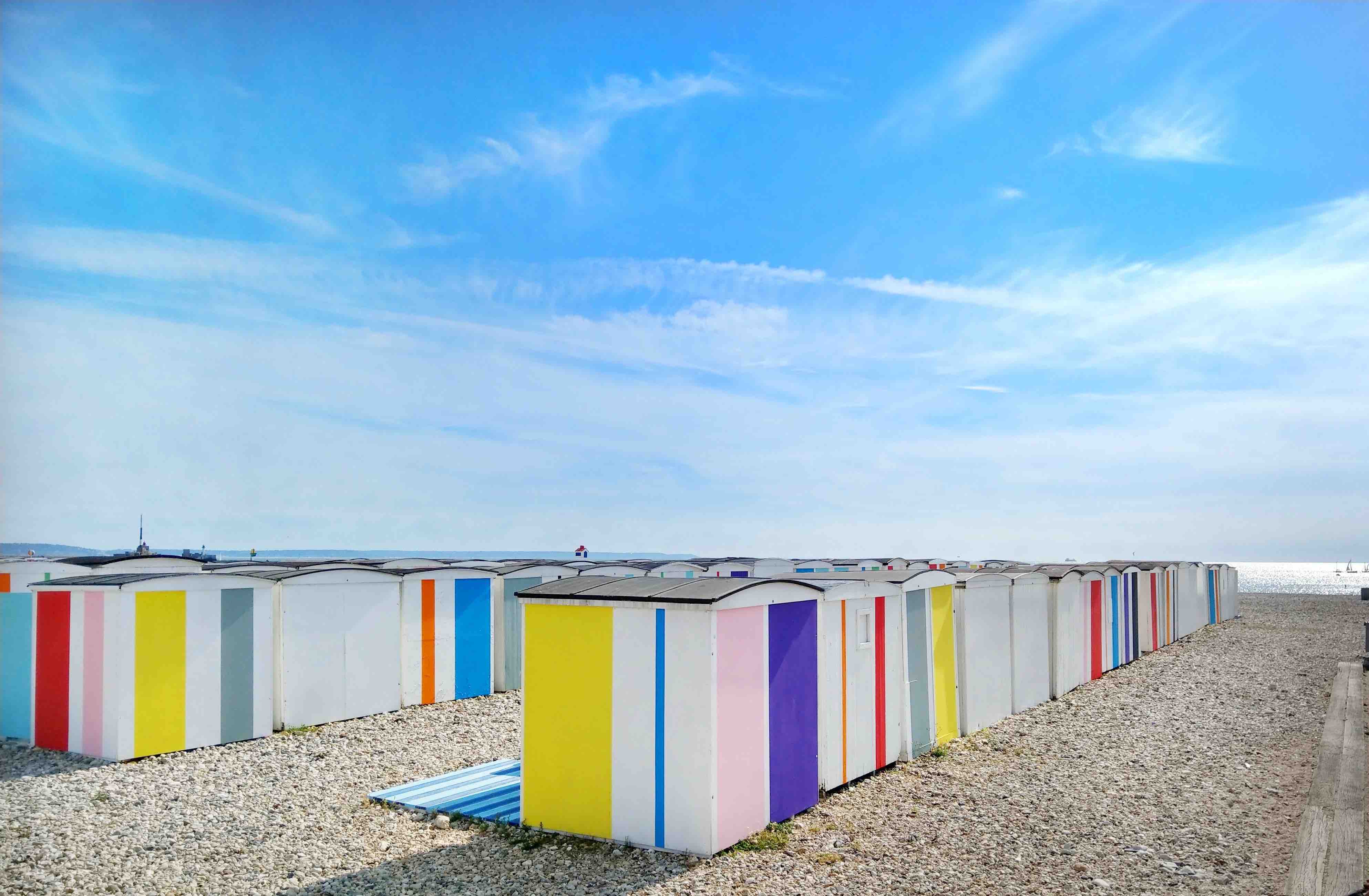
Here, you can practice water sports like kite surfing, paddling, canoeing, or sailing. Also, you can enjoy beach volleyball and a skate park. This skate park is the largest outdoor skate park in Europe!
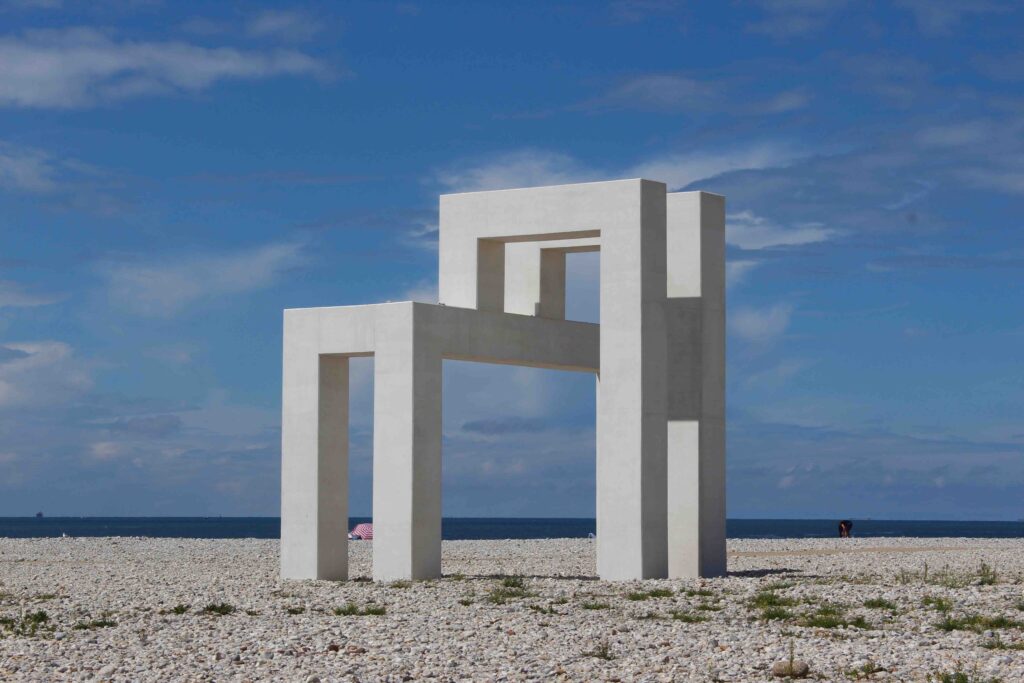
If you are not a fan of sports and just want to chill, you can walk on a promenade in the middle of the landscaped gardens, or eat at some restaurants. Relax on the beach with a beautiful view of cabins and the sea. Near the marina, the north dike attracts many walkers for a panorama of Le Havre and Sainte-Adresse.
💯 Thanks to adapted facilities and equipment, Le Havre Beach is accessible to everyone. It was labeled Tourism & Handicap.
21. Sainte Adresse
To reach Sainte-Adresse, just walk along the beach. From the foot of the André-Malraux Museum of Modern Art, head north for a hike along the coast. Once in Sainte-Adresse, climb to the top of Cap de la Hève, which rises to more than 100 meters. To enjoy a wonderful view of the city of Le Havre and its beach, don’t miss these viewpoints: Pain de Sucre and the Sainte-Adresse orientation table. Finally, explore Notre Dame des flots church, which is full of charm!
📚 The town of Sainte-Adresse was, during the First World War, the capital of the occupied Belgium.
22. Rouelles Park
In this park, you can walk between woods, meadows, and ponds. It is home to the Manoir de la Bouteillerie and its 17th-century dovecote. Inside the Manor, you can see traditional Norman tools and objects.
23. Réserve Naturelle de l’Estuaire de la Seine
From Le Havre to the Normandy bridge, you will find one of the largest estuaries in France. The Seine estuary forms a wetland of nearly 10,000 hectares. This nature reserve is made up of a great diversity of natural environments, subject to the influence of tides and salt. Here, you can observe a rich flora (nearly 500 species) and fauna (no less than 385 species of butterflies, 325 species of birds, 70 species of fish, 48 species of mammals, 13 species of amphibians…).
Shopping & leisure in Le Havre
24. Commercial center Docks Vauban
The Vauban Docks are originally an industrial site dating from the mid-19th century. After its redevelopment, it became a shopping and leisure center. Here, you can find around sixty brands, linked to culture, fashion, sport, and home furnishings. There is also a cinema complex and restaurants.
⏰ Monday to Saturday: from 10 am to 8 pm / Sundays and public holidays: from 11 am to 7 pm.
25. “Les Bains des Docks”
This swimming pool was designed by the architect Jean Nouvel. The architecture of this building is unique and beautiful. There are several swimming pools, a sauna, a hammam, a balneotherapy area, and a play area for children. One of the swimming pools is outside and is a heated Olympic pool. Finally, you can experience different treatments and a fitness room.
